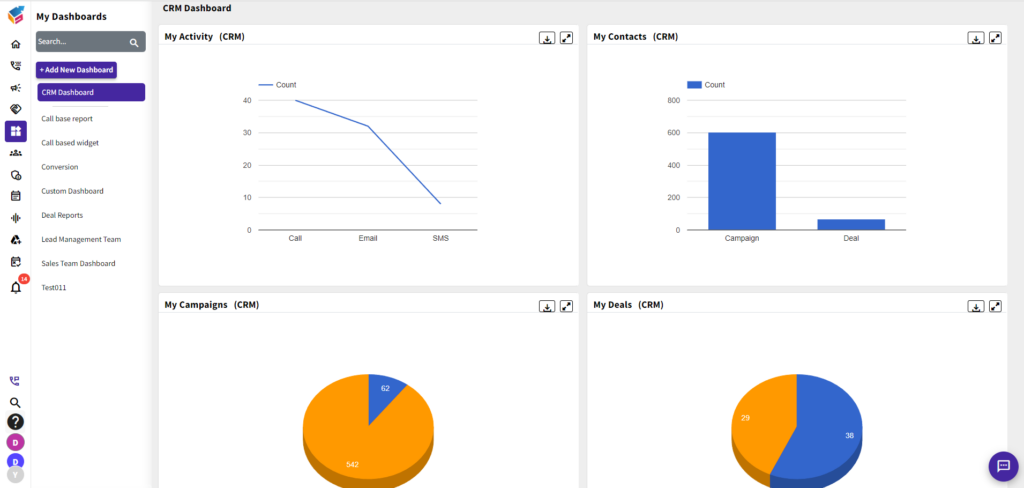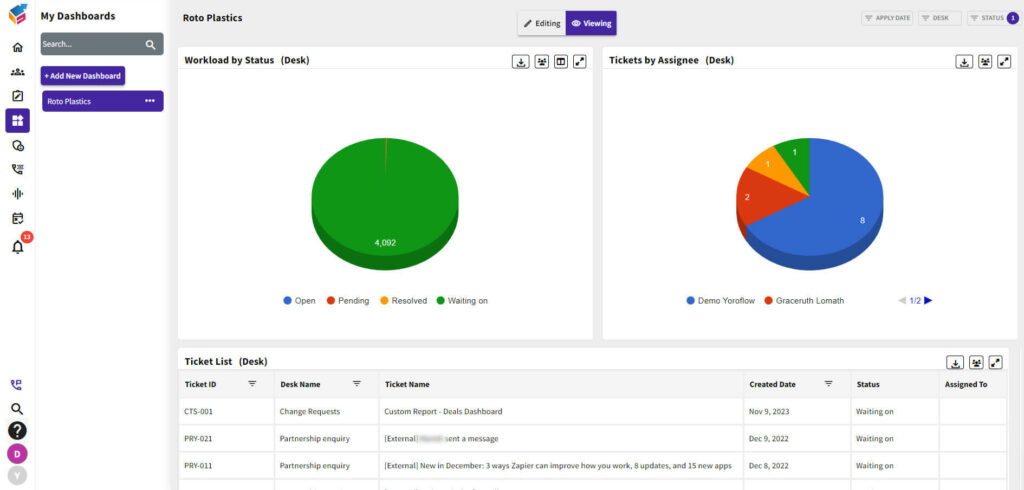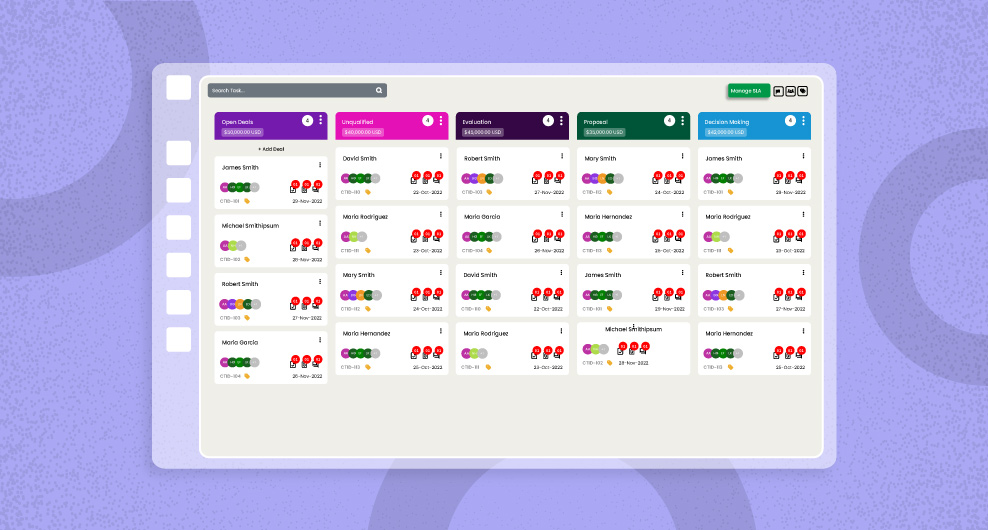Table of Contents
In the dynamic landscape of business, understanding and optimizing Customer Acquisition Costs (CAC) is crucial for achieving sustainable growth. CAC represents the total cost associated with acquiring a new customer, encompassing various aspects of the customer journey.
In this article, we will delve into the significance of Customer Acquisition Costs and explore strategies for achieving sustainable growth by leveraging key elements such as CRM software, marketing automation, customer support, and effective marketing campaigns.
What is Customer Acquisition Costs (CAC)
Customer Acquisition Cost (CAC) is a metric that represents the total cost a business incurs to acquire a new customer. It encompasses all the expenses associated with marketing, advertising, sales efforts, and any other resources devoted to converting a prospect into a paying customer. Calculating CAC is crucial for businesses to evaluate the efficiency and effectiveness of their customer acquisition strategies. It is typically determined by dividing the total acquisition costs by the number of customers acquired during a specific time period. Understanding CAC is essential for making informed decisions about marketing budgets, optimizing acquisition channels, and ensuring a healthy return on investment for customer acquisition efforts.
How to Calculate CAC
The fundamental formula for determining Customer Acquisition Cost (CAC) is:
CAC = Total Marketing + Sales Costs / Number of Newly Acquired Customers
Important of Customer Acquisition Costs
Budget Allocation
CAC helps businesses allocate their marketing budgets effectively. Understanding the cost associated with acquiring a customer allows companies to make informed decisions about resource allocation and investment in various acquisition channels.
Marketing Strategy Evaluation
CAC provides insights into the performance of different marketing strategies. Businesses can assess the effectiveness of their campaigns and channels by comparing the CAC across various methods, allowing for adjustments to optimize efficiency.
Return on Investment (ROI)
Calculating CAC in relation to the lifetime value of a customer helps determine the overall return on investment. This perspective ensures that the cost of acquiring a customer is justified by the revenue they generate over their entire relationship with the business.
Financial Health
Monitoring CAC is essential for the financial health of a business. It helps prevent overspending on customer acquisition and ensures that the cost of acquiring customers aligns with the company’s revenue and growth objectives.
Scaling Operations
As businesses grow, understanding CAC becomes vital for scaling operations. Knowing the cost of acquiring a customer allows for strategic planning, ensuring that growth is sustainable and cost-effective.
Investor Confidence
Investors often assess CAC when evaluating the financial health and growth potential of a business. A reasonable CAC, relative to the industry and customer lifetime value, can instill confidence in investors regarding the company’s long-term viability.
Efficiency Optimization
By regularly monitoring CAC, businesses can identify areas for efficiency improvement in their customer acquisition processes. This may involve refining marketing strategies, enhancing lead qualification methods, or optimizing conversion processes.
Customer Retention Emphasis
Understanding CAC encourages a holistic approach to customer management, not just acquisition. It highlights the importance of customer retention since maintaining a long-lasting relationship with customers positively impacts the overall cost-effectiveness of acquisition efforts.
CAC is important because it guides budgeting decisions, evaluates marketing strategies, measures ROI, maintains financial health, supports scaling efforts, instils investor confidence, optimizes efficiency, and underscores the significance of customer retention in achieving sustainable business growth.
CAC: Strategies for Sustainable Growth
Leveraging CRM Software
Customer Relationship Management (CRM) software is a powerful tool for managing and analysing customer interactions throughout the customer lifecycle. By utilizing CRM software, such as YoroCRM, businesses can streamline customer data, track leads, and optimize the sales process. This leads to more efficient customer acquisition and a better understanding of the associated costs.

Implementing Marketing Automation
Marketing automation plays a pivotal role in optimizing customer acquisition costs. Automation tools enables business lead nurturing, personalizing marketing campaigns, and analyse customer behaviour. By automating repetitive tasks, marketing teams can focus on strategic activities, resulting in a more cost-effective and streamlined customer acquisition process.
Prioritizing Customer Support
Exceptional customer support is not only crucial for customer retention but also for optimizing acquisition costs. Satisfied customers are more likely to become brand advocates, reducing the need for extensive marketing efforts to attract new customers. Prioritize customer support to enhance the overall customer experience and contribute to sustainable growth.

Developing a Comprehensive Marketing Strategy
A well-rounded marketing strategy is essential for effective customer acquisition. This involves identifying target audiences, creating compelling marketing campaigns, and utilizing various channels to reach potential customers. Tailoring marketing efforts to specific customer segments and utilizing lead qualification processes can significantly impact the efficiency of customer acquisition.
Focusing on Customer Retention
While customer acquisition is important, customer retention is equally vital for sustainable growth. Implementing strategies to keep existing customers engaged and satisfied contributes to the overall lifetime value of a customer. This can lead to a reduction in CAC over time as satisfied customers contribute to organic growth through referrals.
Maximizing Customer Lifetime Value (CLV)
Customer Lifetime Value represents the total revenue a business can expect from a customer throughout their entire relationship. By maximizing CLV, businesses can justify higher acquisition costs, knowing that the long-term value of a customer exceeds the initial investment. This perspective is critical for achieving sustainable growth.
Utilizing Customer Segmentation
Effective customer segmentation involves categorizing customers based on similar characteristics, behaviours, or demographics. This allows businesses to tailor marketing messages to specific segments, increasing the likelihood of successful customer acquisition. Understanding the unique needs of different customer segments helps optimize CAC.
Streamlining Customer Onboarding
A smooth and efficient onboarding process is essential for converting leads into loyal customers. By simplifying the customer onboarding experience, businesses can reduce acquisition costs and increase the speed at which customers start providing value.
Optimizing Marketing Campaigns
Regularly evaluate and optimize marketing campaigns to ensure they align with business goals. Analyse the performance of different channels, messages, and campaigns to identify what resonates most with your target audience. This iterative approach helps refine strategies and improve the cost-effectiveness of customer acquisition efforts.

Conclusion
Explaining Customer Acquisition Costs and implementing strategies for sustainable growth is fundamental for businesses striving to thrive in a competitive market. By leveraging CRM software, marketing automation, customer support, and adopting a comprehensive marketing strategy, businesses can not only reduce acquisition costs but also cultivate long-term customer relationships. Prioritizing customer retention, maximizing Customer Lifetime Value, utilizing customer segmentation, streamlining onboarding, and optimizing marketing campaigns are integral components of a holistic approach to achieving sustainable growth through effective customer acquisition.




